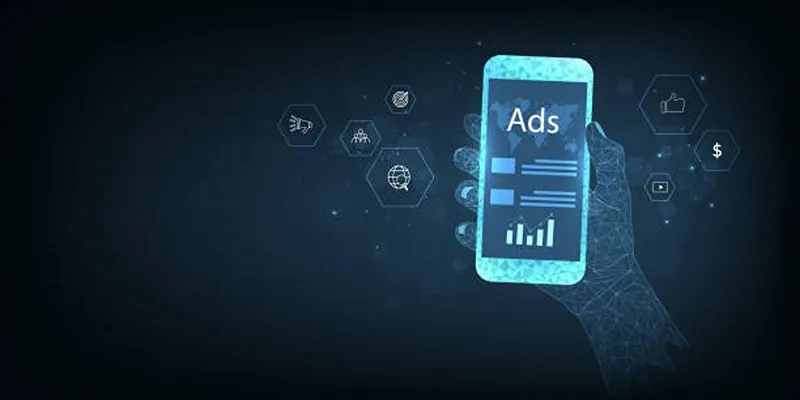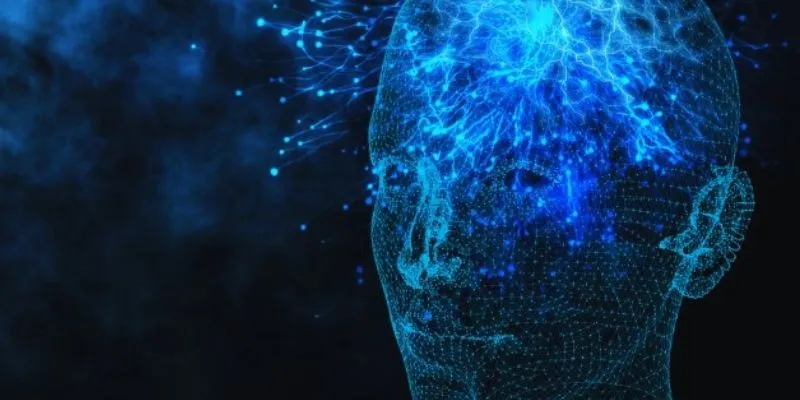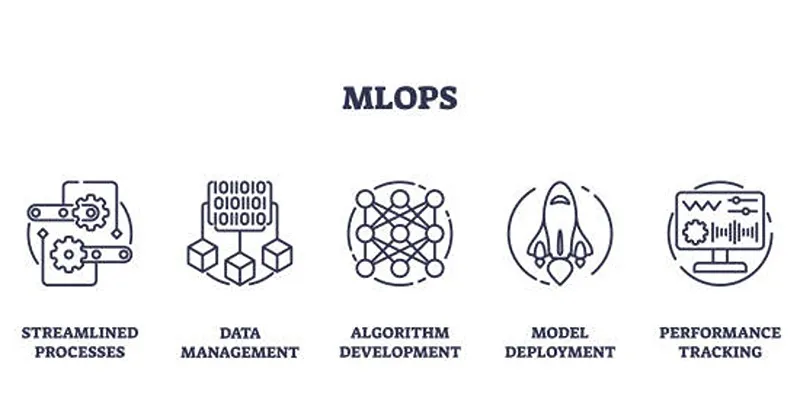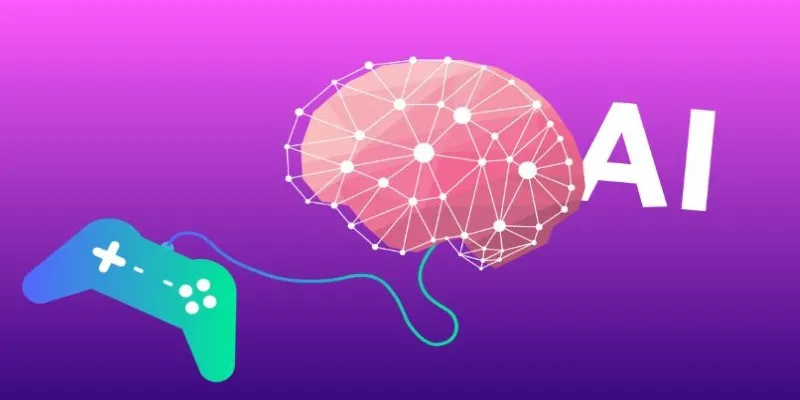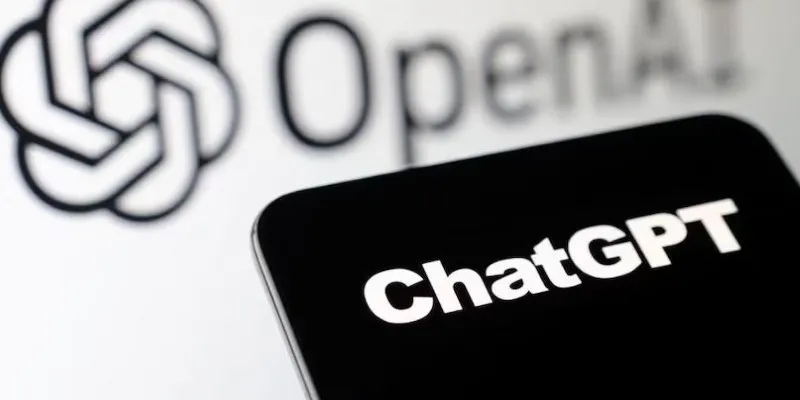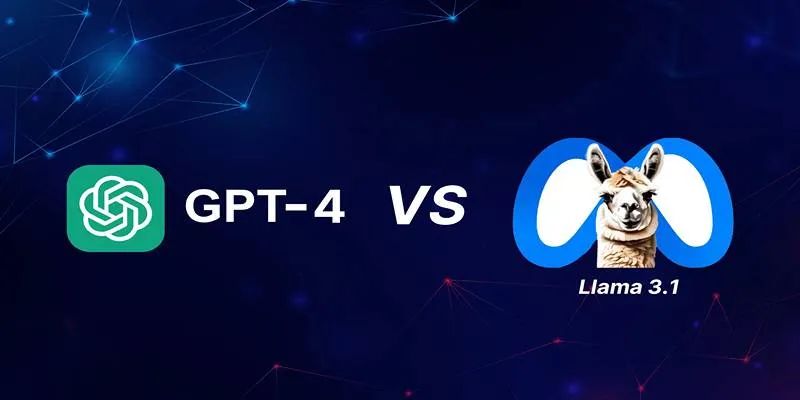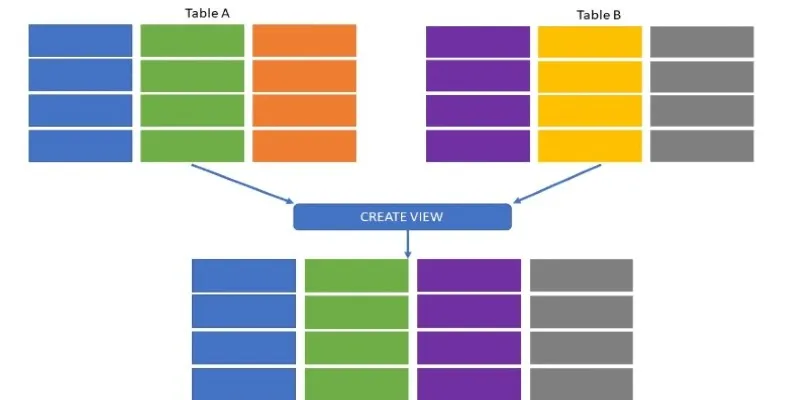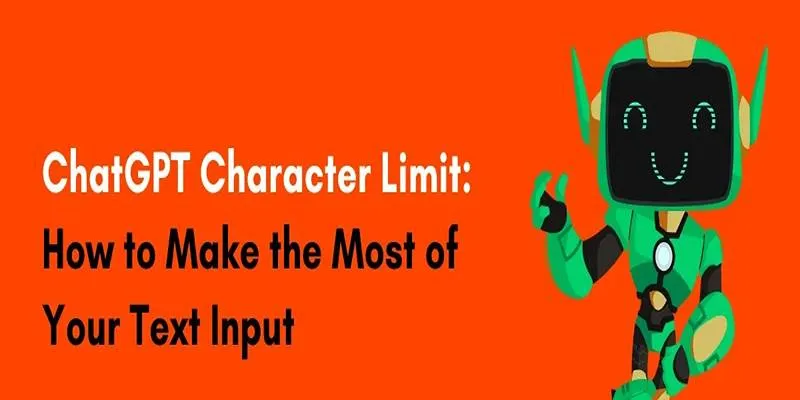AI-powered ad creators are revolutionizing the way businesses design tailored advertisements, delivering them faster than ever before. By utilizing advanced algorithms and machine learning, these systems analyze vast amounts of data, including brand identity, customer preferences, and market trends. This capability to create targeted and effective advertisements enhances audience engagement and revenue. Moreover, AI ad creators automate the ad creation process, saving both time and money on marketing campaigns.
One of the significant advantages of AI-generated ads is their level of personalization. Traditional advertising methods often rely on broad demographic data, which can result in generic ads that fail to account for individual preferences. In contrast, AI ad creators leverage data such as a customer’s viewing history, purchasing habits, and social media interactions to craft personalized advertisements. This personalization makes ads more engaging, strengthening the brand-audience connection and fostering customer loyalty.

Understanding AI Ad Generators
AI ad generators utilize technologies such as Natural Language Processing (NLP), computer vision, and machine learning. NLP enables these tools to generate content that aligns with a brand’s voice and messaging. Computer vision helps in creating visually appealing advertisements. Machine learning algorithms analyze historical campaign data, such as click-through and conversion rates, to enhance future ad effectiveness. This iterative process continuously improves AI-generated ads, giving businesses a digital competitive advantage.
AI-generated advertisements also ensure brand consistency across various marketing channels. By analyzing a brand’s content and standards, AI ensures that advertisements align with the brand’s visual style and messaging. This consistency promotes brand values and fosters customer trust. Furthermore, AI ad creators can optimize ads for search engines and social media platforms, maintaining a cohesive brand presence across digital platforms. Learn more about how AI ad creators work and how they influence not just speed and efficiency, but also the uniqueness of advertising strategies.
How AI Ads Work
AI ad creators examine extensive data about the company, its products, and target audience. This includes product information, customer feedback, market trends, and business standards. The AI algorithm analyzes this data to identify themes and patterns that can enhance advertisements. For example, if a company sells outdoor gear, the AI might analyze user feedback to ensure ads highlight features like durability and comfort, tailoring them to viewer preferences.
Creating ad images is another complex task. AI ad creators use computer vision to design product visuals that suit various ad styles and platforms. For instance, an AI tool may adjust the background, colors, or text of a product image for different social media platforms. This adaptability allows businesses to modify their ad campaigns for different environments without manual adjustments, conserving time and resources while maintaining image quality. When assessing the pros and cons of AI ad creators, consider how they can be integrated into marketing strategies to maximize their benefits.
Advantages of AI Ad Generators
AI ad generators significantly enhance the speed and efficiency of ad creation. This rapid deployment is vital in today’s fast-paced digital landscape, where market trends and consumer needs can quickly influence a campaign’s success. By automating ad production, marketing teams can focus on strategic planning and creative direction rather than manual ad creation.
Additionally, AI ad generators offer cost savings. By reducing the time and resources spent on ad creation, businesses can allocate more budget to other marketing strategies, such as media buying or influencer partnerships. The personalization enabled by AI increases engagement and conversion rates, boosting the return on investment (ROI) of ad campaigns. For companies aiming to enhance their advertising efforts, AI ad creators offer both efficiency and effectiveness. It’s essential to consider how these tools can be tailored to suit different business needs.
Choosing AI Ad Tools
Businesses have a variety of AI ad creation tools to choose from. Platforms like AdGen AI and Typeface AI provide comprehensive solutions, analyzing brand data to create ads for multiple platforms. These tools are user-friendly, allowing marketers to quickly generate unique ads by inputting brand guidelines and target audience information. Some AI ad creators specialize in video or social media ads, enabling companies to select the best tools for their marketing needs.
The choice of tool often depends on business requirements. For instance, e-commerce companies might prefer an AI ad maker that excels in creating product ads with appealing visuals and content. Conversely, service-based firms might opt for solutions that produce engaging text ads featuring customer reviews and service benefits. By selecting the right technology, businesses can ensure their AI-generated ads align with marketing objectives and audience preferences. Understanding how to maximize the use of AI ad creators is crucial before diving into their implementation.

Best Practices for Using AI Ad Creators
To effectively use AI ad creators, consider several best practices. First, ensure that accurate and comprehensive information is input into these tools. This includes clear business principles, target audience descriptions, and key market statistics. Quality raw data is essential for creating effective and personalized ads. Companies should also monitor click-through and conversion rates of AI-generated ads to optimize future campaigns.
Balancing technology with human oversight is another important aspect. While AI ad creators can produce excellent advertisements, marketing teams should review them to ensure brand alignment and messaging accuracy. This human element can catch any errors made by AI. Companies should also adapt their AI ad generation strategies to market changes. As consumer behavior and market trends evolve, brand guidelines or audience descriptions may need adjustments. Based on our understanding of AI ad creators, these tools can significantly enhance a company’s advertising efforts.
Conclusion
AI ad creators are at the forefront of advertising technology. Their capabilities will continue to advance with real-time consumer data customization and greater integration with other marketing technologies. As consumers demand more personalized brand experiences, the ability of AI ad creators to produce large-scale customized advertisements will become increasingly valuable. AI-powered ads can help businesses thrive in a rapidly changing digital landscape.
By enabling organizations to create targeted and effective advertisements more quickly, AI ad creators are advancing advertising technology. As these tools improve, they will enhance consumer engagement and transform advertising with better targeting, speed, and ROI. Incorporating AI ad creators into a forward- thinking marketing strategy is essential for success.
 zfn9
zfn9











